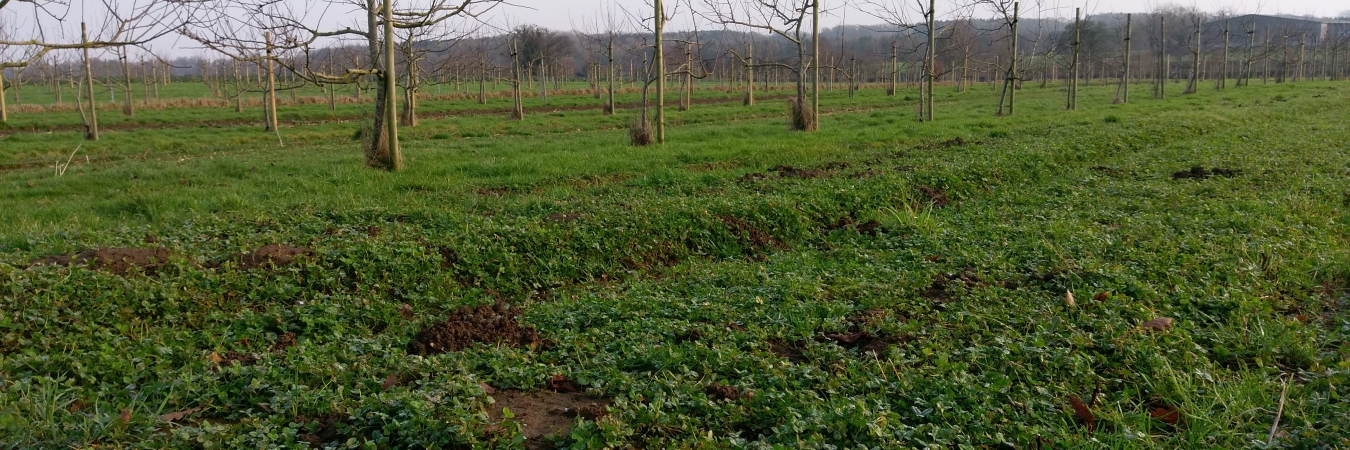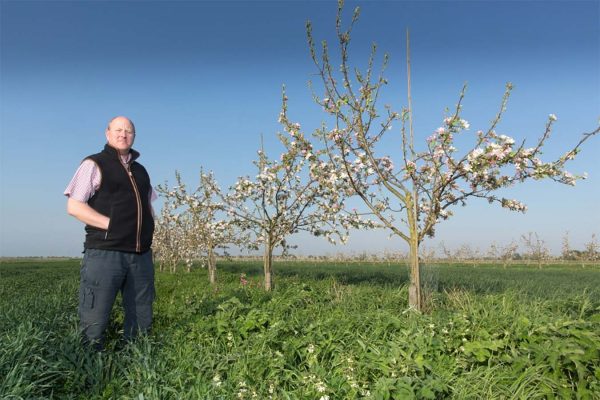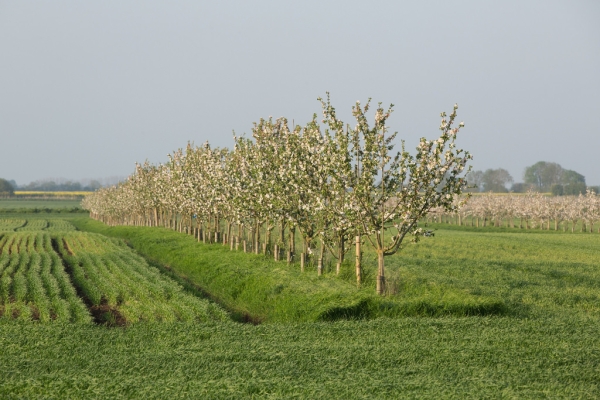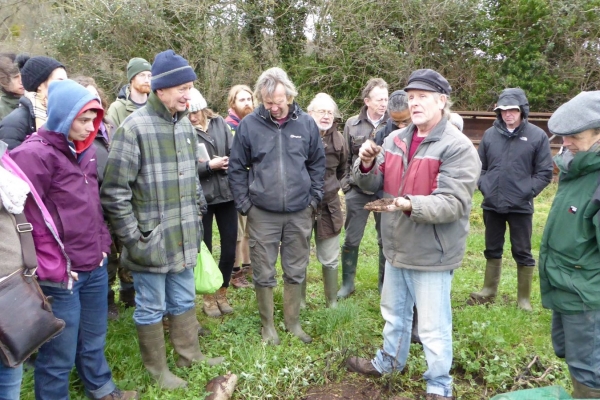AFINET – Agroforestry in the UK
Resource explained
Presented by Stephen Briggs for the AFINET project, this video looks at agroforestry systems that have been incorporated into two farms; Stretham Farms Ltd in East Anglia (a site belonging to G’s Growers) where high value vegetable crops are grown, and trees in the form of wind breaks were planted to help combat soil erosion, and silvo-arable Whitehall Farm in Cambridgeshire. Here trees were also originally planted to help combat the problem of erosion, but in this case the 500 fruit trees also provide an important economic return. The video describes how and what trees were planted at both farms, different benefits that have come from incorporating the trees, and some of the practical issues that have had to be overcome.
Findings & recommendations
- Wind breaks can protect soils and crops. They can intercept wind, reduce wind speed at ground level, reduce evapotranspiration of crops, enhance the microclimate, and enable better use of water resources. They can also provide habitats for beneficial insects and pollinators, farmland birds and small mammals.
- For Stephen at Whitehall Farm, it was important to run an agroforestry system using large scale modern farm machinery and have a system that was profitable.
- Having an understory underplanted with pollen nectar species provides pollination service and refuges for beneficial insects which helps with natural predator control.
- After the trees at Whitehall were planted, it was found was that they had created roosting spaces for many bird species, so bamboo canes were put in to allow birds to perch on the top of them rather than the trees, avoiding damage.
- 5% of the fruit tree area has suffered from root predation by small voles and burrowing animals (trees were planted with a black plastic mypex at the base which provides a warm dry environment for animals and they eat the tree rootballs).
- It is important to consider the quality of posts put in with trees; they need to be good enough quality to last and support them as they grow.








